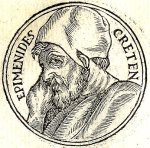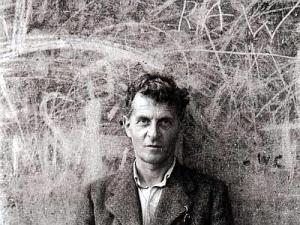. .
“… ardent feminists … seem so bent on treating men the way they have taken exception to being treated by men.” (klewso, 11 March 2013, commenting on Destroy the Point by Helen Razer)
Jesus made no copyright claim in respect of the Golden Rule (see Matthew 7:12). In his view, it succinctly sums up the teachings of the Torah and the Prophets. We also have Socrates on the subject: “Do not do to others what angers you if done to you by others.” And his words carry the imprint of the Vedic tradition: “This is the sum of duty. Do not unto others that which would cause you pain if done to you.” And although there are those who – for a range of reasons, semiotic and otherwise – take issue with the Golden Rule, it is nevertheless widely accepted as valuable and worthwhile.
Monsieur Klewso’s comment actually begins: “What I find most intriguing about ardent feminists …” Perhaps ‘intriguing’ is not, in fact, the most accurate description of his response to being bad-mouthed; it certainly doesn’t describe my response.
Razer herself pulls no punches: “Women are not nicer. Women are not a civilising influence. Women are just as capable of avarice and stupidity as anyone. … Women are not gifted, either socially or biologically, of anything special. If we believe that they are, then we must also accept the possibility that the gender could be marked with unpleasant characteristics.” (Destroy the Point)
In a more recent post, Razer asks: “Why should we think masculinity is all bad? It is a simple question but WHY are we still trying to privilege ‘feminine’ qualities over masculine ones when so many feminine qualities are shit?” (Paglia, Pugilism and Pants-less Threat, 08 January 2014)
There seems to be a growing public taste for rudeness, vulgarity, profanity, and other forms of verbal abuse – atheists and ‘fag-hating’ fundamentalists, ardent feminists and so-called ‘everyday people’ alike. And it seems to have arisen from the the same source from which we dug up “zero tolerance”, “war on terror”, “rape culture” …
__________
Helen Razer’s post, Destroy the Point, first appeared on her own blog, Bad Hostess, on 09 March 2013. It was republished two days later by Crikey.
The Socratic and Vedic versions of the Golden Rule (together with an interesting and wide-ranging selection from other sources) are to be found on GoodReads.
The “golden rule” image appears in an article titled, Hurting Others Causes You Pain: Golden Rule Validated, under the banner, “NLP Discoveries with Mike Budrant”, on Psych Central.









